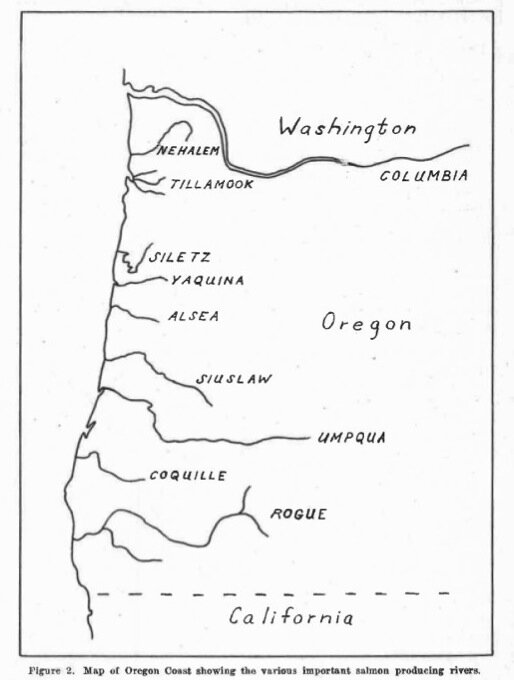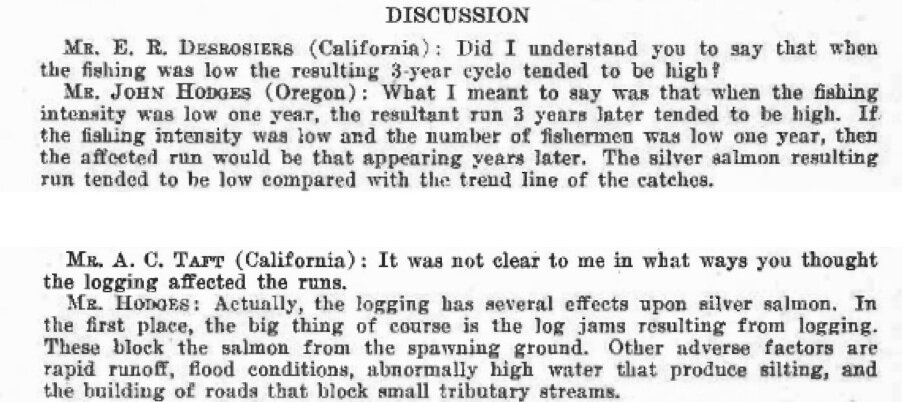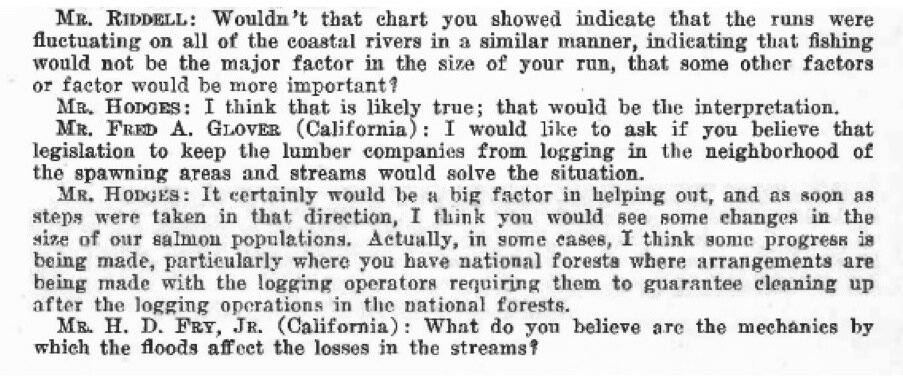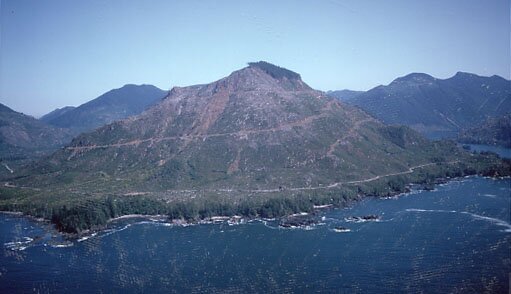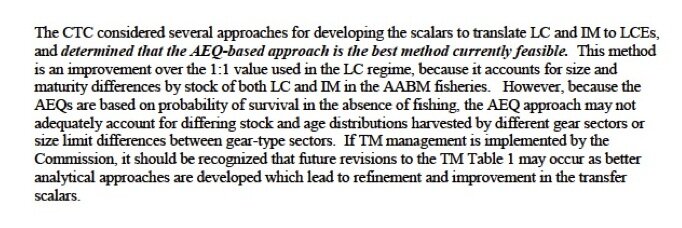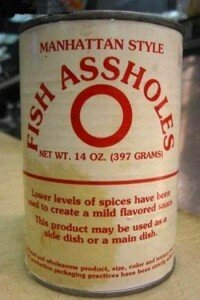Really… is this type of result all that surprising?

NY Times photo from article
Since 1964, the Mokelumne River Fish Hatchery in California has supplied the watershed with four to 10 million juvenile Chinook salmon each year. The hatchery began the practice as a way of countering the effects of dams that block migration and making sure that the salmon population remained viable. But recent research shows that the massive influx of hatchery-raised fish is masking the fact that wild fish populations are not holding up.
“Without distinguishing hatchery from wild fish, the perception is that we have healthy salmon surviving in a healthy river,” said Rachel Johnson, a fish ecologist affiliated with the University of California, Santa Cruz, and the lead author of a new paper published in the journal PLoS One.
[this is a problem across western North America where wild Pacific salmon roam]
Most hatchery-raised fish are unmarked, but Dr. Johnson and her colleagues navigated past this obstacle by using a new technique that measures sulfur isotopes deposited in salmon ear bones, or otoliths. Chemical elements from food and the environment accumulate in otoliths over a salmon’s lifetime, giving scientists a way of determining an animal’s origins and movements.
In this case, Dr. Johnson differentiated between wild and hatchery-reared salmon by detecting traces of a domestic diet in the latter population’s otoliths. After adult fall-run Chinook salmon returned to the river and hatchery to spawn, the researchers collected otoliths from over 1,000 carcasses.
Wild fall-run Chinook salmon typically stay in freshwater for three to six months after birth and then migrate out through the Sacramento-San Joaquin Delta and into the ocean, spending up to three years there before returning to their native river to spawn. Hatchery-born fish, on the other hand, are usually trucked to the bay, bypassing obstacles like freshwater pollution, low water levels and predators that their wild counterparts consistently contend with.
While a set number of hatchery fish make it to sea each year, Dr. Johnson says she suspects that wild population dynamics vary from year to year, depending on conditions.
Those population dynamics were surprisingly skewed for the 2004-5 season, when the researchers carried out their work. Of around 12,000 fish that returned and spawned in the Mokelumne watershed, most were hatchery fish that went directly to the hatchery. About 1,500 fish spawned in the Mokelumne River itself, but just 10 percent were actually born there. All in all, only 4 percent of the total spawning population were of natural origin.
Researchers are unsure exactly why natural populations have such low survival rates, but they suspect that water degradation, pollution and overfishing all contribute. Hatchery fish themselves could be having an impact, too: recent studies have found genetic and behavioral differences in hatchery-born and wild salmonids. Hybrid offspring of hatchery and wild fish may have a lower chance of surviving and reproducing than purely wild offspring do.
Artificial propagation aimed at aiding the recovery of endangered or threatened species is a controversial topic in ecology. Researchers and policymakers debate whether simply producing more animals of a dwindling species is an acceptable means of sustaining populations. “The ultimate goal for habitat restoration is that we are helping fish rebuild in a natural environment, not intervening in such an extreme way,” Dr. Johnson said.
[Salmonguy note: “restore” habitat…? is that really possible at this point in time? ‘restore’ to what? “restore” salmon runs… restore to what?]
Fall-run Chinook salmon are listed as a species of concern, but this label results largely from a lack of data on their their populations. Although managers set a goal of doubling the numbers of wild salmon in the Mokelumne River, until now it has been impossible to estimate how many naturally occurring fish are present.
[also a real problem across western North America where wild Pacific salmon roam]
Dr. Johnson, who is currently based at the Bay Delta office of the federal Bureau of Reclamation, emphasizes that she is not anti-hatchery, but that more awareness and monitoring of the salmon situation is needed to determine why wild salmon stocks are not replacing themselves and whether salmon populations can survive if the hatcheries are (hypothetically) shut down.
Mass marking of all hatchery fish — like clipping a fin — would make this job easier, and many hatcheries in the Pacific Northwest are already doing this.
“Globally, the number of hatchery-produced fish of salmon and other salmonids has skyrocketed over the past 20 years,” Dr. Johnson said. “Even though this study was done on the Mokelumne River, I think it’s a broader issue for salmon conservation.”
You bet, Dr. Johnson, you bet…
And only set to grow if Russia is able to put their $2 billion in cash to work in building salmon hatcheries in the far east of that country on the Pacific side. Japan is already pumping out over 95% of their annual commercial catch as hatchery salmon… And Alaska’s billions of “salmon ranching”… and Canada’s 600 million or so hatchery salmon…
Old Vitus Bering & George Stellr are probably rolling in a grave somewhere… (early European ‘explorers’ and naturalists working for Russian Navy in 1700s — you can see their ‘graphiti’ all over the North Pacific)












